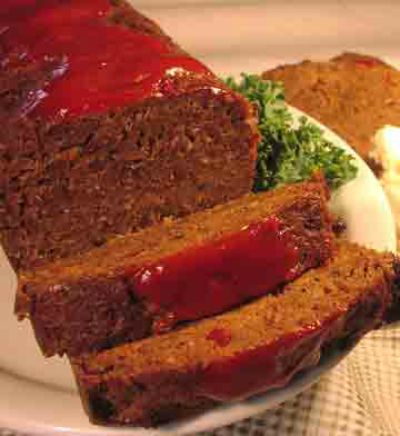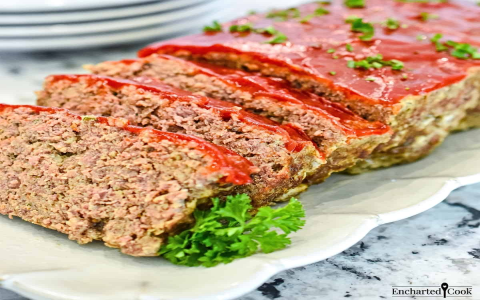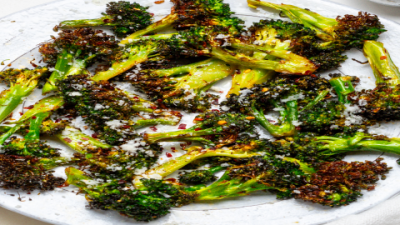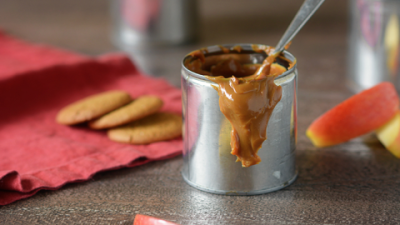1. The Science Behind Using Uncooked Rice in Meatloaf
Ever wonder what actually happens when you toss uncooked rice into your meatloaf mix? It’s pretty interesting! When you bake meatloaf with rice, the rice grains soak up moisture and expand as they cook, which can change the texture and moisture level of your dish. But here’s the catch: rice needs enough heat and liquid to cook through properly inside the meatloaf, or you might end up with crunchy bits.
Here’s the quick scoop on what’s going on inside your oven: the starch in rice gelatinizes, meaning it absorbs water and thickens the mix. The rice also soaks up juices from the meat, which can help keep things moist—if you’ve added enough liquid. But if your oven doesn’t heat the rice enough, you could get some undercooked grains hiding in your meatloaf.
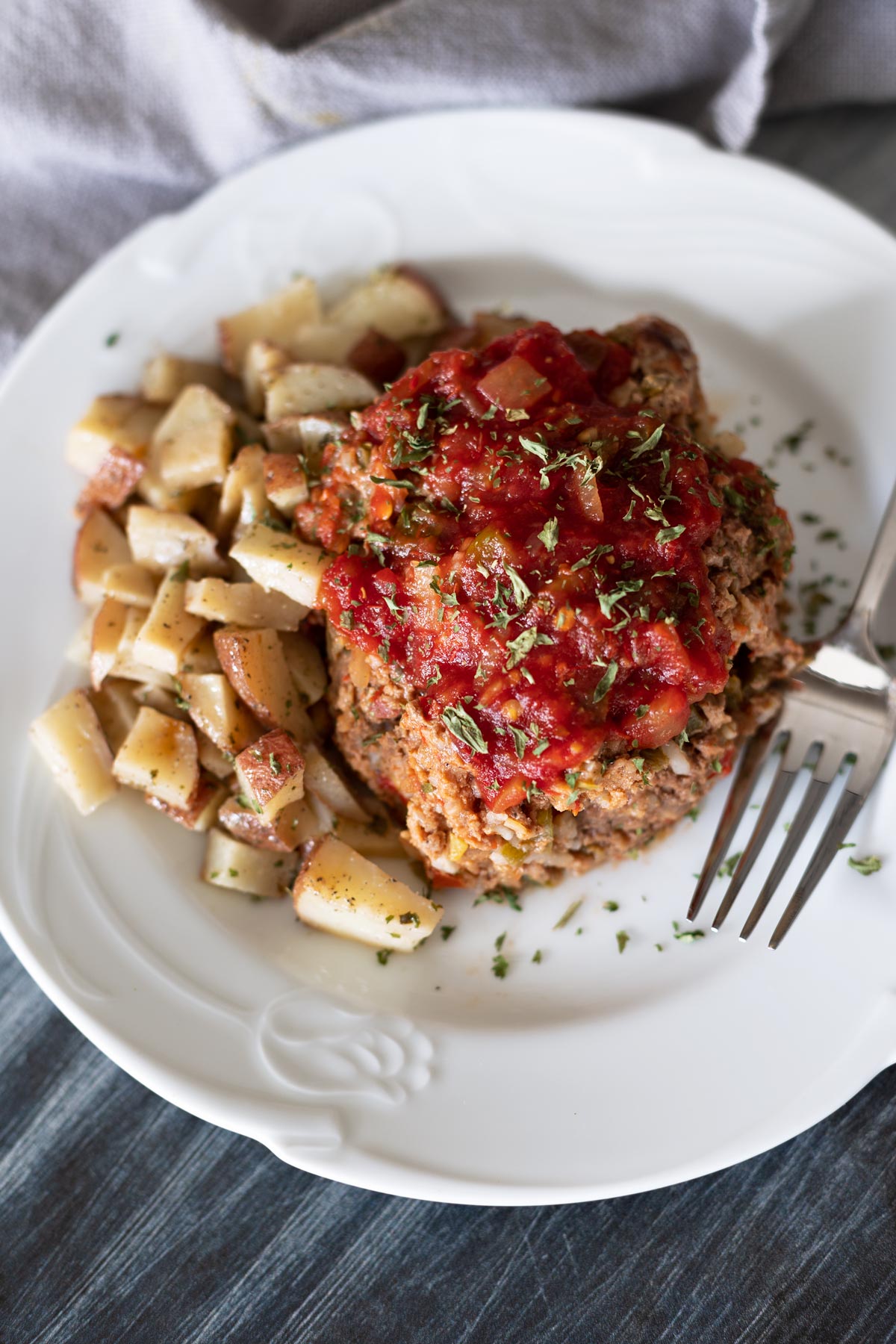
2. Cooking Tips: How to Use Rice in Meatloaf Like a Pro
So, can you just throw uncooked rice in and call it a day? Not quite. To get the best results, it’s usually a good idea to rinse your rice first to wash off extra starch, which helps prevent clumping. Some cooks soak the rice for a bit or even partially cook it before mixing it in. This helps ensure the rice cooks fully during baking.
Want some quick tips? Use short or medium grain rice for a nice, tender bite. Add a little extra broth or sauce to keep things juicy. Mix the rice evenly throughout the meat so you don’t get crunchy surprises. And don’t forget to bake your meatloaf at the right temperature and for long enough to cook the rice all the way through.
3. Food Safety First: Is It Safe to Use Uncooked Rice in Meatloaf?
Food safety is super important, especially when dealing with uncooked rice and raw meat. Uncooked rice can sometimes carry bacteria like Bacillus cereus, which can cause food poisoning if the rice isn’t cooked properly. To stay safe, make sure your meatloaf reaches an internal temperature of 160°F (71°C). Also, don’t leave your meatloaf sitting out at room temperature for too long before baking, and store leftovers in the fridge promptly.
4. Texture and Taste: What Happens to Your Meatloaf When You Use Uncooked Rice?
Texture is a big deal when it comes to meatloaf, and rice can change it quite a bit. If the rice doesn’t cook all the way, you might get crunchy little bits that can be a bit unpleasant. On the other hand, if the rice cooks fully, it adds a nice, soft texture that blends well with the meat. Rice also has a mild, slightly nutty flavor that usually doesn’t overpower the dish but adds a subtle depth.
5. Rice vs. Other Meatloaf Binders: What’s the Best Choice?
Most meatloaf recipes call for breadcrumbs or oats as binders, but rice is a great alternative—especially if you’re looking for a gluten-free option. Rice adds bulk and helps hold everything together, plus it soaks up juices to keep the meatloaf moist. It’s also budget-friendly and has a mild flavor that won’t steal the spotlight.
6. Troubleshooting: Fixing Common Problems with Rice in Meatloaf
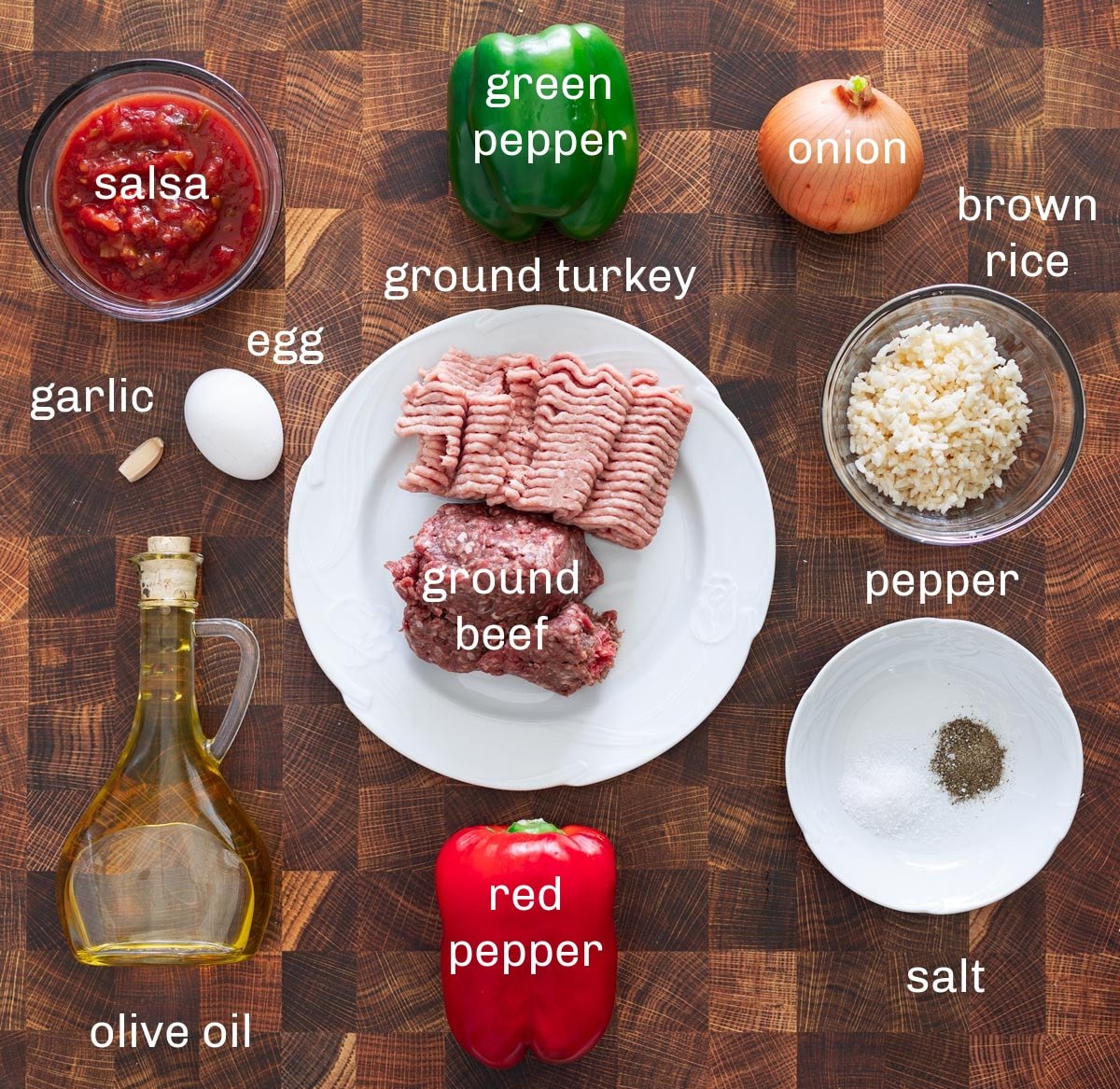
If your meatloaf turns out dry or has crunchy rice bits, don’t worry—it’s fixable! Next time, try adding a bit more liquid like broth or sauce to help the rice cook better. You can also partially cook the rice before mixing it in, or cover the meatloaf with foil while baking to trap steam. Adjusting your baking time and temperature can also make a big difference.
7. Around the World: Meatloaf and Rice Traditions You Didn’t Know About
Did you know that many cultures mix rice with meat in dishes similar to meatloaf? For example, Greek Youvetsi combines beef with orzo pasta baked in tomato sauce. In Asia, some meatloaf recipes use sticky rice for a unique texture. Italy’s polpettone sometimes includes risotto for extra creaminess. These global twists might inspire your next kitchen experiment!
8. Nutrition Spotlight: Is Rice in Meatloaf Healthy?
Adding rice to meatloaf isn’t just about texture—it also changes the nutrition. Rice adds carbohydrates, which give you energy, and if you use brown rice, you get a nice fiber boost too. It’s a gluten-free binder option that’s low in fat and cholesterol. So if you’re watching your diet or need gluten-free meals, rice can be a smart choice.
9. Experiment Time: Testing Uncooked Rice in Meatloaf
We decided to put this to the test: uncooked rice vs. soaked rice vs. pre-cooked rice in meatloaf. The results? Uncooked rice sometimes stayed a bit crunchy if there wasn’t enough moisture. Soaked rice gave the best texture—soft and well-blended. And pre-cooked rice was the safest bet for a reliably tender meatloaf every time.
10. Busting Myths: What You Should Really Know About Rice in Meatloaf
There are some myths floating around about rice in meatloaf. Like, “Uncooked rice will always ruin your meatloaf” or “You must always pre-cook rice.” The truth is, with the right technique and enough moisture, uncooked rice can work fine. Rice isn’t just filler—it adds nutrition and texture. And as long as you cook your meatloaf thoroughly, it’s perfectly safe.
So, can you put uncooked rice in meatloaf? Absolutely—but with a few smart tweaks, you’ll get a tasty, moist meatloaf that’s anything but boring!
